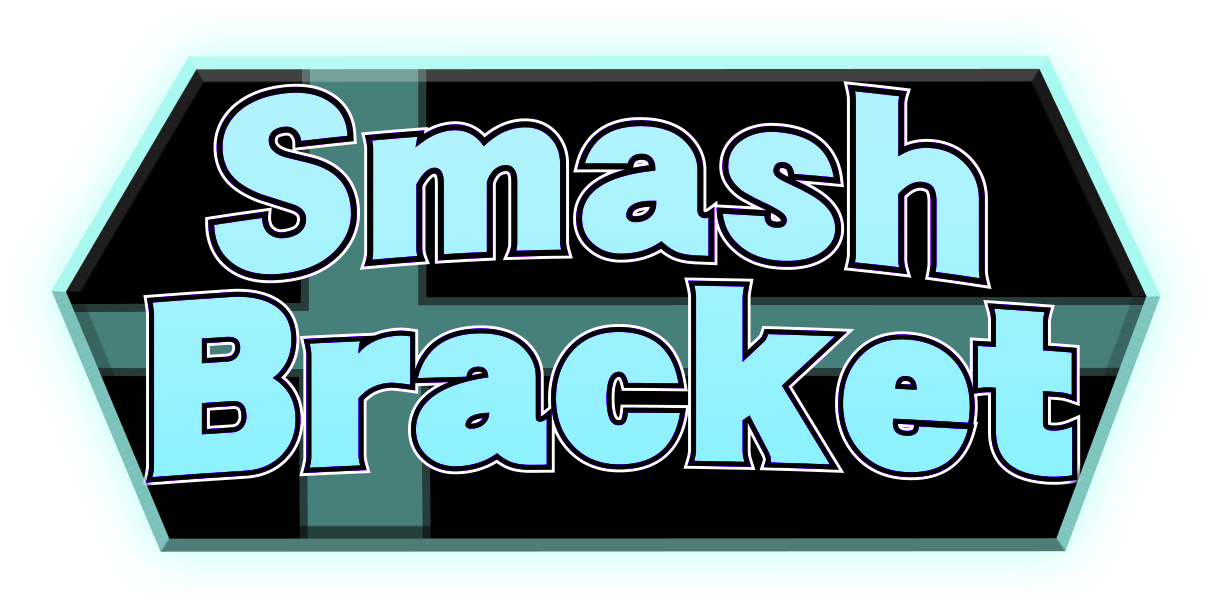How Smash Bracket handles minigames and multiplayer
Minigames and multiplayer games are often great ways to showcase what a character is capable of doing in different contexts and often without the same constraints that a character would normally operate under. But these alternate types of gameplay are also very prone to completely reinventing characters in order to create a more fun game. While we don’t want to have to throw everything out because it is a multiplayer game or a minigame, we also don’t want to create a scenario where party games are the best source of feats because they don’t care about the implications of what they are doing. Here are the guidelines that we use to determine whether feats from these types of games are viable.
The feats demonstrated are backed up as being possible by official statements or the lore of the series
There is some concrete way to measure what is happening
The feat is a demonstration of a character’s unique ability rather than something they can do because everyone else can do it. For example, lots of multiplayer games let the secondary players teleport to the primary players despite that not being something the characters can do in any other context, so we wouldn’t count that as a feat.
The feat doesn’t invent new abilities for the character
The game the feat is from has a story mode that is canon (not just a single player mode)
While there are other things that we will consider from time to time, these are our main criteria and the ones that we judge most feats by. The exceptions are too niche to mention here but will be mentioned if used. Overall, the most important thing is whether the game feels like a representation of the character in a new context or like a party game version of the character we usually see.
